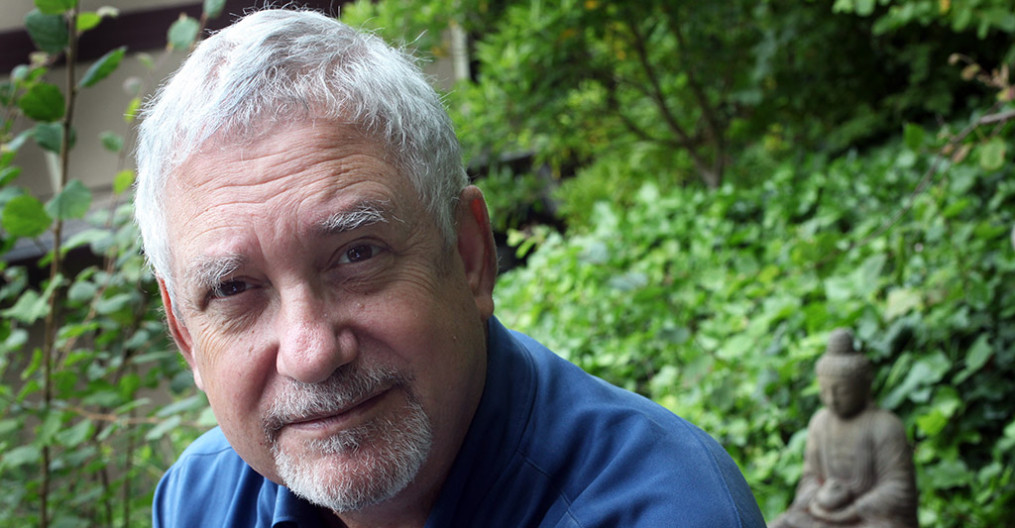In the Buddhist tradition we have a text called the Metta Sutta, or loving kindness scripture. In my own Buddhist teaching, I developed a short prayer based on this text, that goes like this:
May each of us be filled with loving kindness;
May each of us be free from suffering;
May each of us be happy and at peace.
This short saying seems to have resonated in the larger Buddhist world; other Buddhist groups have picked it up and are using it. It has also been criticized, usually by people not too familiar with the Buddhist way of looking at things. These people say it is Pollyanna-ish, unrealistic, saccharine and so forth. They remind me that the world is full of hatred, suffering, and ill-will. The majority of human beings are not happy or at peace, will not be any time soon, and wishing it were otherwise will not help them.
From one point of view these criticisms are true. None of the sentiments in the prayer reflect the reality of most peoples’ lives, and given the overlapping crises afflicting today’s world, things are likely to get worse before they get better. But these critiques miss the point of the prayer. It is not a manifesto for political activism or world change. It is not intended to be a realistic portrayal of how people in the world actually are. It is, in a technical sense, an aspiration prayer—that is, it is an expression of an ideal, of what we wish for people. Think of your own children, family, or loved ones. The prayer expresses the aspiration we have for them, because we love them and wish the best for them—even though we know that their actual lives may now be or will be full of difficulties. We need aspirations, we need pictures of life at its best. They uplift us and give us hope; without that, we are mired in the mud of the day-to-day slog of coping and survival. An aspiration prayer is like a beacon, a distant light from a further shore that establishes a direction. We steer toward that light, knowing that in our lifetime, or in many lifetimes to come, we and our generational successors may never arrive there. In the end, the beacon is not somewhere out there shining through the fog, it is inside us, and a person who steers to that beacon establishes a different frame of mind than someone who does not.
Buddhism in general is associated in most peoples’ minds with peace and gentleness; this loving kindness care is one of many examples. As with most human endeavors, the reality is more mixed. For example, we can read in today’s news about the conflict and oppression taking place in more than one Buddhist country. Nevertheless, the overall impression of the Buddhist tradition as antithetical to war and violence is probably valid. I have mentioned in a previous post that the founder of Buddhism, Siddhartha, was a royal member of the warrior caste of ancient India. Only at the age of 29 did he renounce his heritage and take up a new life as a sadhu, a wandering mendicant sage. He is an example of a certain kind of transformed masculinity—leaving behind a warrior lineage of aggression and conquest and becoming an exemplar of the highest level of an ethical life of kindness and compassion.
When Thich Nhat Hanh, the world-renowned Vietnamese monk and Buddhist teacher, was asked once to summarize Buddhism in a single word, he replied, “Ahimsa.” Ahimsa means non-violence or non-injury, and as an ethical stance it is older than Buddhism. Mohandas Gandhi made ahimsa the core principle of his non-violent resistance against British rule in India. Thich Nhat Hanh could have picked many words to exemplify Buddhist teaching. His own history as a non-violent objector to the violence ravaging his own country during the Vietnam War made his answer somewhat personal. By saying “Ahimsa,” he was elevating a life of compassionate action above any doctrine or thesis.
The Loving Kindness Prayer that opens this essay is an expression of this principle of non-violent activity in the world. It is not, as it may seem to some, spineless or Pollyana-ish. It is a moral stance that, when fully embodied, has real teeth and power. For Gandhi, it was powerful enough to overturn British colonial rule and win independence for India. For Martin Luther King, Jr. it was the moral force behind the movement for civil rights. We should not forget or lose faith in this power. It is real and it works—perhaps not in the short run, and not in every circumstance, but its moral force continues to resonate, because it calls upon the highest and most lofty principle of which human beings are capable.
May all beings be happy and at peace.
